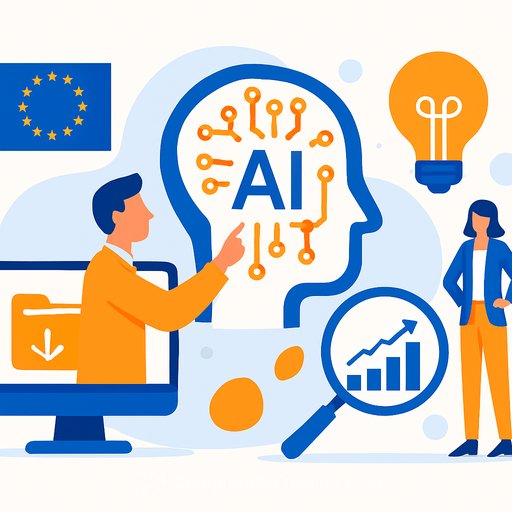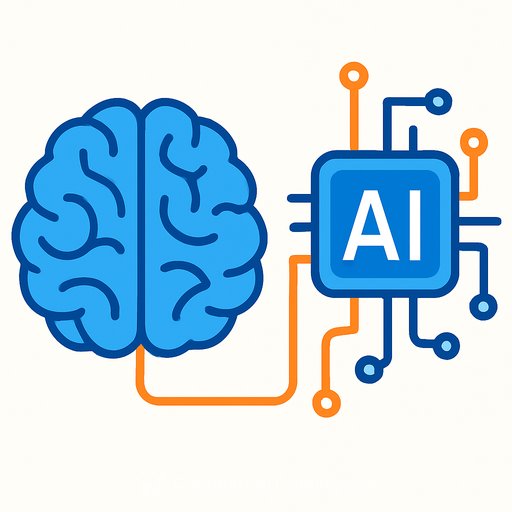EU strategy to boost AI in science: what researchers need to know
October 9, 2025 - The European Commission has introduced "A European Strategy for Artificial Intelligence in Science" to accelerate AI use across research. A companion report from the Joint Research Centre (JRC) details current adoption, gaps, and policy levers to support uptake.
The JRC finds the European Union has the largest share of AI research players worldwide. By 2024, 13% of global AI actors with research and innovation activities were based in the EU, compared with 4% in the United States and 1% in China. This foundation gives Europe a clear path to set the pace in AI-driven science.
Core pillars researchers should track
- Compute and infrastructure: Investment in High-Performance Computing (HPC) to train, fine-tune, and evaluate advanced models.
- AI Factories: Collaborative innovation ecosystems to share models, tools, and best practices with lab-to-lab transfer.
- Open scientific data: Expanded, interoperable repositories to improve data quality, access, and reproducibility.
These pillars are set to reduce friction in model development and deployment, especially for data-hungry methods. Expect improved access to shared resources and clearer paths from prototype to production-grade workflows.
Talent: build hybrid teams
The strategy stresses teams that merge deep technical skill with domain expertise. Think ML engineers and data stewards working shoulder to shoulder with biologists, physicists, and social scientists.
- Upskill researchers in model evaluation, data governance, and reproducible workflows.
- Bring in engineers who understand HPC, MLOps, and dataset curation at scale.
- Retain talent with clear career tracks spanning method development and applied science.
Where AI is already delivering
In the life sciences, AI is speeding up protein structure analysis and narrowing candidate spaces for experiments. In the humanities, teams are mining historical texts and cultural artefacts for patterns that were previously hard to detect.
These cases show how AI helps form hypotheses faster, prioritize experiments, and make sense of large, messy datasets. Expect similar gains in materials discovery, climate modeling, and social science as data access and compute improve.
Governance, trust, and evaluation
A new AI Evaluation Hub, led by the JRC, will monitor and assess model performance and risks in key research areas. The goal is practical guidance for transparency, accountability, and responsible deployment in scientific settings.
This complements EU objectives in the Competitiveness Compass and the Clean Industrial Deal from earlier in 2025. Expect policy signals that favor efficient technologies, circular economy principles, and science that supports climate and economic resilience.
What to do next in your lab or institute
- Assess compute needs: Map workloads to HPC requirements (training vs. inference). Identify what can move to shared infrastructure.
- Standardize data: Clean, label, and document datasets. Adopt interoperable formats and clear data licenses for reuse.
- Pilot AI Factories: Join or form collaborative groups to share models, prompts, and evaluation suites across institutes.
- Set evaluation protocols: Define benchmarks, error budgets, and human-in-the-loop review for high-impact workflows.
- Invest in people: Fund cross-training for researchers and recruit ML engineers with HPC and MLOps skills.
- Plan for governance: Implement model cards, data sheets, and audit trails to prepare for the AI Evaluation Hub's guidance.
Useful references
Upskilling for research teams
If your group is planning AI projects or refreshing skill maps, curated training can speed up adoption. Explore role-specific options for research professionals here:
The EU's strategy points to a practical path: shared compute, better data, stronger teams, and credible evaluation. Researchers who act on these pieces will cut cycle times, improve reproducibility, and ship results that stand up to scrutiny.
Your membership also unlocks:






